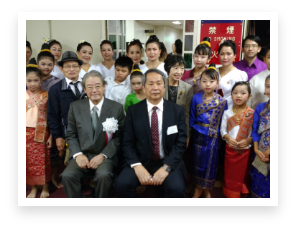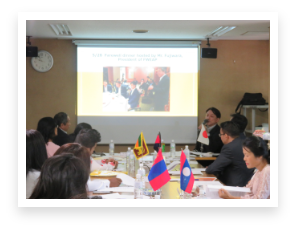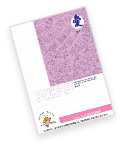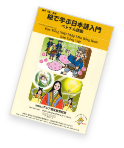The Foundation for the Welfare and Education of the Asian People (FWEAP) has been conducting a program that invites personnel in the public and private sectors who are engaging in social welfare activities from 17 Asian countries and a region* to stay in Japan for approximately 1 week. During their stays, they take part in seminars about social welfare fields and participate in programs to promote a better understanding of Japan. This program has been conducted multiple times basically every year since 1978. As of the end of 2019, it has been conducted 118 times and a total of 1,943 people have been invited to Japan.
* Bangladesh, Bhutan, Cambodia, India, Indonesia, Laos, Malaysia, Mongolia, Myanmar, Nepal, Pakistan, the Philippines, Singapore, Sri Lanka, Taiwan, Thailand, and Vietnam. South Korea has suspended to participate in the program since 2011.
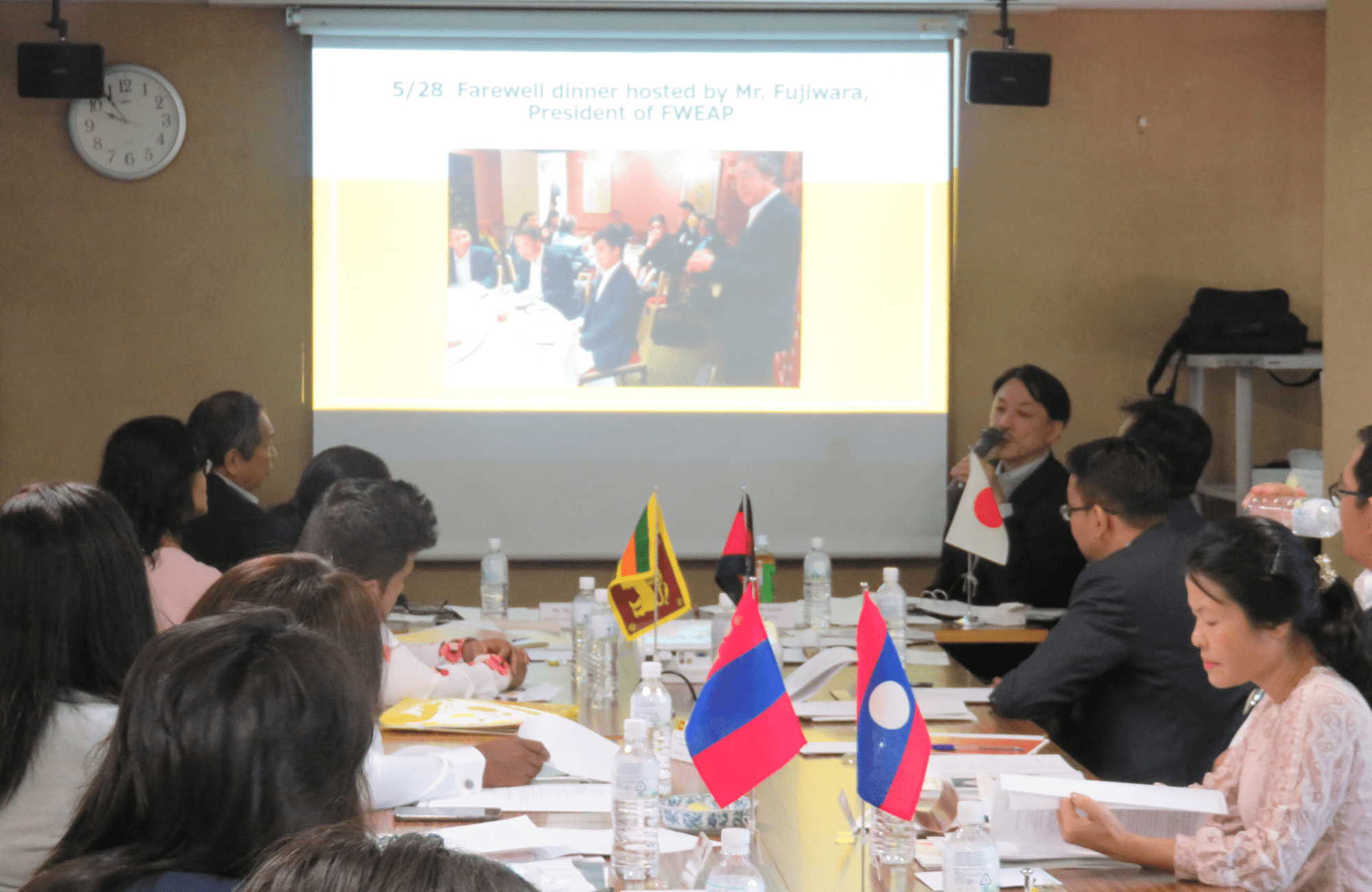
Recent Invitation
Unfortunately, in 2020, COVID-19 prevented us from conducting the invitation program. In April and May of 2019, we invited a team for each month. The first team was a total of 15 people, consisting of three people each from India, Indonesia, Taiwan, Thailand, and Vietnam. The latter team was a total of 15 people consisting of three people each from Cambodia, Laos, Myanmar, Mongolia, and Sri Lanka.
The theme of the program in 2019 was "welfare for people with physical disabilities." Participants visited the Social Welfare and War Victims' Relief Bureau of the Ministry of Health, Labor and Welfare in Tokyo to learn about Japan's welfare policy for people with disabilities, and they also visited the Nippon Foundation's Paralympic facility and a special nursing home for the elderly. Outside the capital, they visited the Nara Prefectural Comprehensive Support Center for People with Disabilities, the Hozan-ji Welfare Corporation's Welfare Center for Children with Disabilities, and OMRON's Japan Sun Industries. In addition, as a program to promote a better understanding of Japan, they visited the Diet, the Akasaka State Guest Palace, the Tokyo National Museum among other places, and they experienced Japanese flower arrangement and tea ceremony in Tokyo. They also made a courtesy visit to the mayor of Nara, and visited Todai-ji Temple, Kofuku-ji Temple, and the ruins of Heijo Palace in Nara, and Kinkaku-ji Temple in Kyoto.
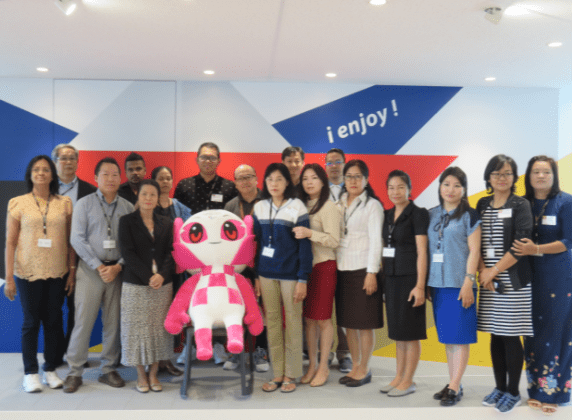
Nippon Foundation
Paralympic Support Center
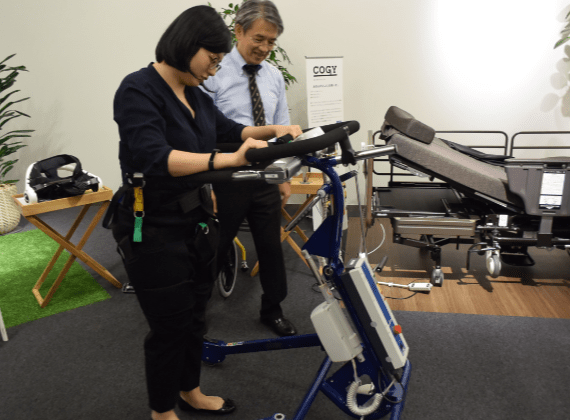
Daiwa House's
exhibition hall for nursing care robots
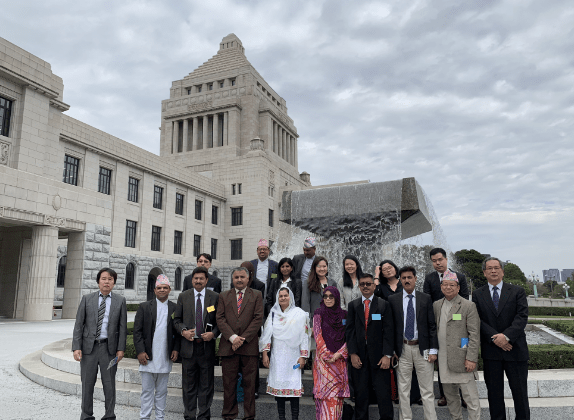
Visit to the Diet building
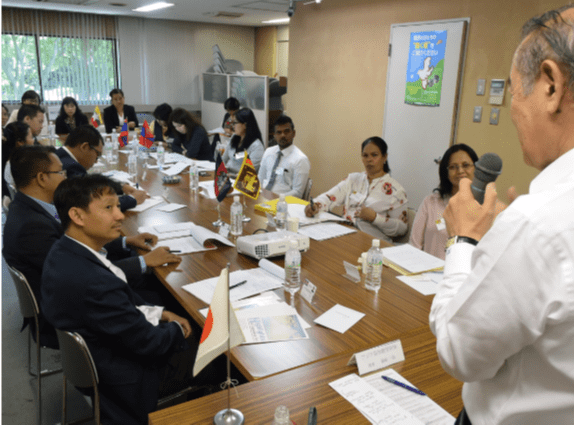
Discussion meeting
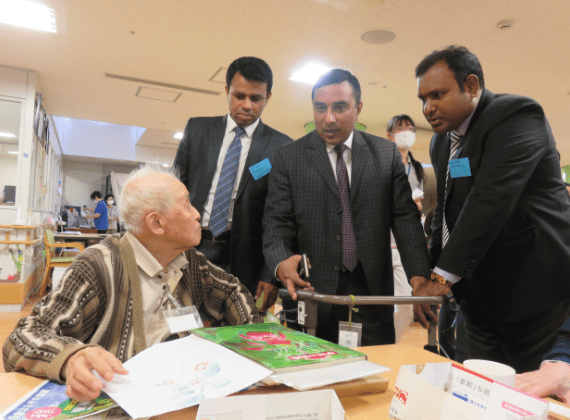
Visit to a special nursing home for the elderly
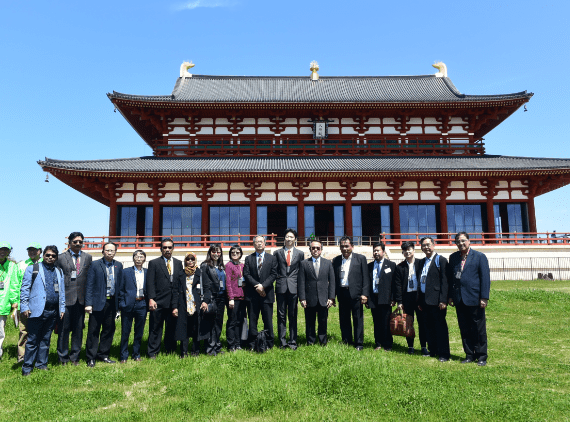
Daigoku-den at the ruins of Heijo Palace
On the final day of the invitation program, the FWEAP conducted a questionnaire survey of all participants, and almost all expressed their gratitude to the FWEAP and responded that
(1) what they learned through this invitation program was useful for their welfare work for people with disabilities in their own countries, and that
(2) they were able to obtain better understandings of Japan and acquired a sense of intimacy to Japan.
On the other hand, some participants responded that
(3) they wanted more opportunities to discuss welfare issues with the other fellow participants, and that
(4) they want a network that enables participants to contact each other after returning to their home countries.
About future invitation business
When the invitation program began in 1978, Japan was basically the only developed country in Asia in terms of social welfare administration, and since traveling to Japan was not as easy as it is now, it was of great significance to invite officials engaging in welfare activities from other countries, to introduce Japan's social welfare system, and to promote their understandings of Japan. More than 40 years later, many Asian countries have experienced great development in various areas, including social welfare, and the number of people visiting Japan has increased dramatically. In addition, advances in information technology have made it easier and faster to communicate and obtain information online. In order to cope with these changes that took place during last 40 years, we plan to revise project's content, increase the number of inviting countries, and rebuild our network, based on the knowledge, experience, and personal connections we have obtained through the invitation program.



